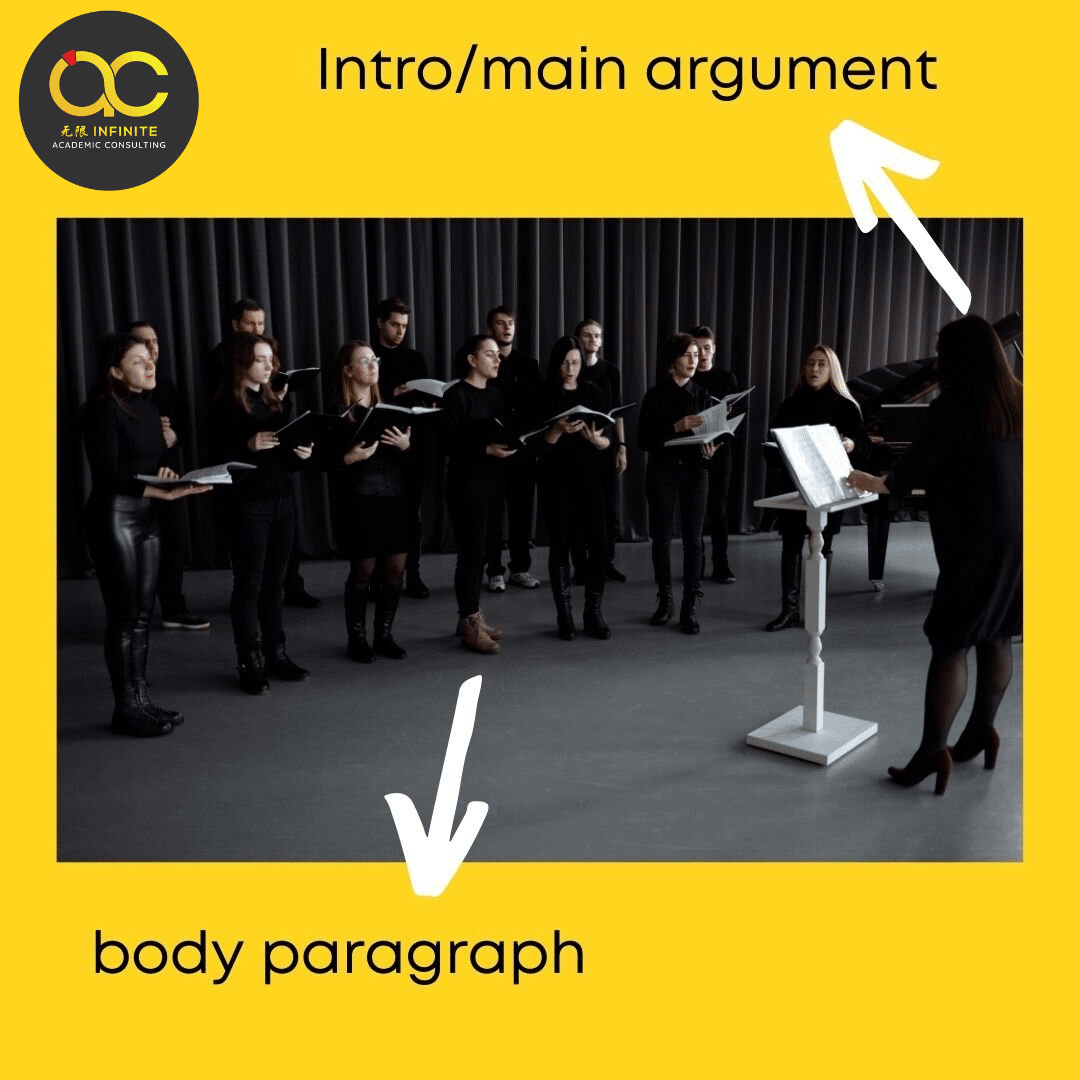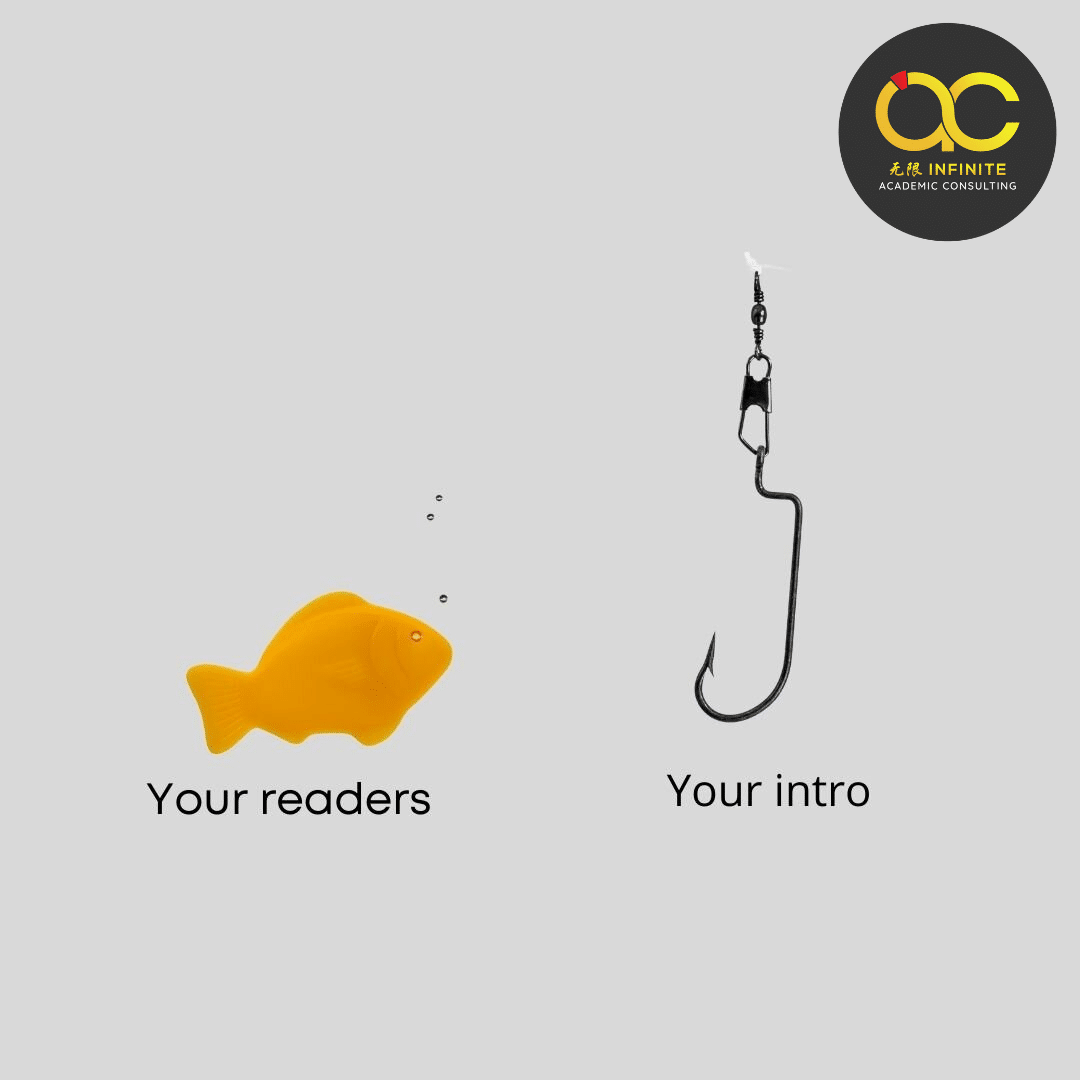
Ahhhhh…the dreaded introduction. Where do I start? See, I struggle to begin with a good intro as well at times. An introduction is like our first impression: it counts. Your introduction is supposed to be mesmerising, captivating, and clear as a bright summer’s day. Here are some practical tips from an expert (i.e. me) to ace that first impression.
1. Let your readers know what you are talking about
Think about your introduction as a landing page of a website. Or imagine it to be the storefront of a shop. If your readers don’t know what you are selling (or writing in this case), they get confused. Since your readers have to read through your words, it is akin to shoppers going into a shop, forced, and have no ideas what they are supposed to buy from your shop. Also similar to visiting a website’s homepage and have no idea what they are doing.
Singing the same song, with different harmonies.
The easy way of doing this is to have a core argument buried in your introduction. This serves as the main point of your writing, also as the anchor that binds all of your body paragraphs together. Imagine all of your subsequent points in the paragraphs below are singing different harmonies. Still, they are all contributing to the same glorious song. It is easy to imagine it that way.

Have a hook. Your readers are fish.
However, don’t do the whole ‘I’m gonna be talking about X and Y, and I will use X framework and Y theory’. I mean, technically, you can. It will just make for a really dull introduction. Why not tell your readers or give them a taste of what you have figured out (but not entirely), and why you want to elaborate more in the paragraphs below? This also serves as a hook that makes your readers want to read more too!

2. Map it out
We use a map to see where we are going when we are lost, right? The introduction kind of serve as a roadmap to your thoughts in many ways. To read someone’s writing is to read what they are thinking. Sometimes, we get lost in our expression, and our readers might not follow what we are talking about. That’s when they might revisit your introduction to refresh and remind themselves again what they are reading.
Use your introduction paragraph as a guiding roadmap for your readers. Tell them what this essay is about, what is being studied, and what is your take/argument in this. List out your points where you can so your readers can backtrack really quickly if needed.

3. Try to write it out last
Yes, that is correct. Your eyes are not playing tricks on you. Sounds a little counter-intuitive as an introduction paragraph is usually the first thing people write in their essay. There’s a reason behind this. Once you have figured out your core argument or a rough idea of where you want the writing to go, you should start with the body paragraphs and even your conclusion. Once you have written them up, you should have a very clear idea of your essay and the significant point you are trying to make. This is when you should go back up and start with your introduction. Doing so will make the introduction clearer. You already have a clear idea of what you want to introduce your readers to.

